ナイロン射出成形とは?
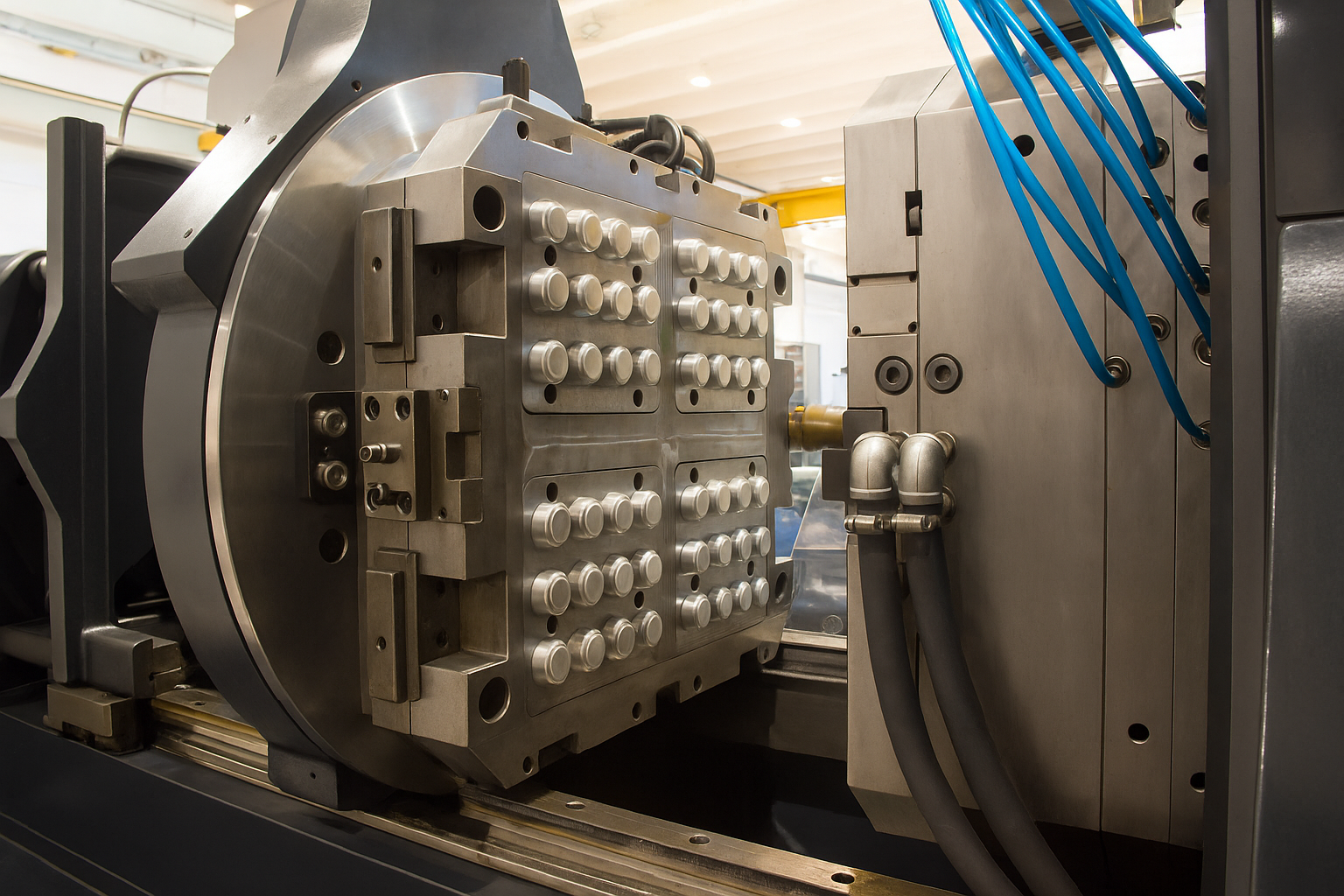
ナイロン射出成形とは
Nylon injection molding is a manufacturing process that uses molten nylon — a type of engineering thermoplastic — to produce durable, 軽量, and high-strength components. ナイロン, とも呼ばれます ポリアミド (PA), is a semi-crystalline polymer characterized by excellent mechanical strength, 耐摩耗性, and chemical stability.
そのため high crystallinity, nylon exhibits superior toughness, 疲労耐性, and thermal performance. It can withstand demanding environments and often replaces metal in applications such as 歯車, ファスナー, cable ties, ファンブレード, そしてポンプ部品.
The most common nylons used in injection molding include:
ナイロン 6 (PA6)
ナイロン 66 (PA66)
ナイロン 12 (PA12)
Glass-fiber reinforced nylon (PA-GF)
Each grade has distinct mechanical and processing characteristics, allowing engineers to balance 強さ, 柔軟性, and moisture resistance for specific end uses.
Advantages of Nylon Injection Molding
Nylon is one of the most popular engineering plastics for 射出成形 because it combines 成形性, パフォーマンス, とコスト効率. Below are its major benefits explained in detail.
1. Low Melt Viscosity
Nylon melts easily and flows smoothly within the mold, even through thin sections or complex geometries.
Enables the production of 薄壁の部品 (as low as 0.7 んん).
Reduces injection pressure and ensures complete mold filling.
Shortens cycle times for high-volume production.
2. Excellent Chemical and Abrasion Resistance
Nylon resists a wide range of chemicals, 含む:
Dilute acids and alkaline solutions
Hydrocarbons, 燃料, and oils
Organic solvents like alcohols and halogenated hydrocarbons
その 低い摩擦係数 and high wear resistance make it ideal for parts that experience sliding or rotational motion, 歯車などの, ブッシング, とベアリング.
3. 高温抵抗
Nylon maintains mechanical integrity at elevated temperatures.
Standard nylon grades can operate continuously up to 120–150°C.
Glass-filled nylons withstand even higher temperatures before softening.
This property makes nylon suitable for automotive engine compartments and industrial machinery.
4. Fatigue and Impact Resistance
Nylon’s semi-crystalline molecular structure gives it excellent 疲労耐性, allowing it to endure repeated stress cycles without cracking or breaking.
Designing parts with generous corner radii further improves performance under cyclic loads.
5. Mechanical Strength Comparable to Metal
Nylon exhibits high tensile and flexural strength, enabling it to replace metal in many load-bearing applications.
Reinforcing nylon with glass fibers or mineral fillers increases rigidity and dimensional stability while reducing creep under load.
Nylon Injection Molding Design Guidelines
Proper part design ensures both 寸法精度 そして production efficiency. Below are nylon-specific design considerations.
1. 肉厚
推奨: 0.030–0.115 in (0.76–2.92 mm)
維持する 均一な肉厚 to prevent sink marks and warping.
Gradual transitions (≤15%) between adjacent walls are ideal.
Avoid walls thicker than 6 んん, as they increase cooling time and may trap voids.
Nylon’s low melt viscosity allows thinner walls than many other thermoplastics while maintaining part strength.
2. Radii and Corners
Avoid sharp corners that create stress concentrations.
Minimum radius: 0.5 んん.
Optimal radius: ≈75% of nominal wall thickness for best fatigue performance.
3. 抜き勾配角度
Nylon’s smooth surface and low friction allow for minimal draft.
0.5°–1° per side is recommended to ease ejection and shorten cycle times.
平面 (例えば, 歯車) can sometimes be molded with no draft.
4. Part Tolerances
Nylon has a higher shrinkage rate (0.5%–2%) than many plastics, making dimensional control challenging.
Accurate mold temperature management reduces variation.
Glass-filled grades exhibit lower shrinkage and improved stability.
Controlled moisture conditioning post-molding ensures long-term precision.
Nylon Material Properties
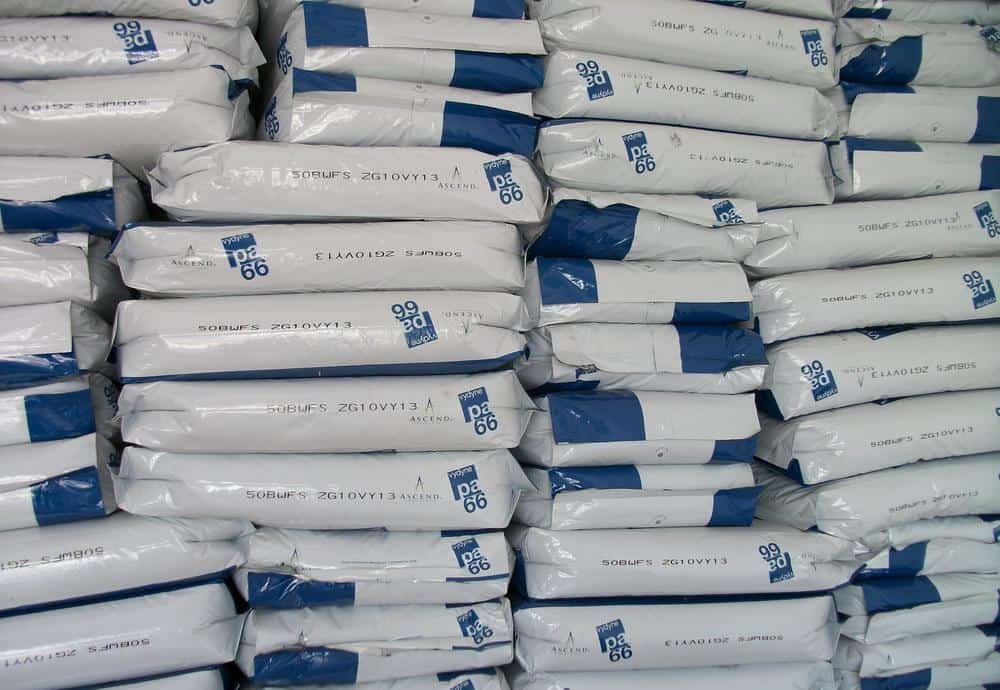
Nylon Material Properties
The following are typical material properties for several nylon grades:
| 財産 | ナイロン 11 | ナイロン 12 | ナイロン 46 | ナイロン 66 | ナイロン 66 30% GF |
| 密度 (g/cm3) | 1.04 | 1.31 | 1.20 | 1.17 | 1.38 |
| Linear Shrinkage (cm/cm) | 0.0083 | 0.0069 | 0.019 | 0.0139 | 0.0044 |
| Rockwell Hardness (R) | 107 | 98 | 95 | 114 | 117 |
| 抗張力 (MPa) | 37.1 | 46.1 | 73.9 | 72.5 | 155 |
| 破断伸び (%) | 119 | 67 | 43 | 47 | 4 |
| Flexural Modulus (GPa) | 0.95 | 5.66 | 2.64 | 3.09 | 7.96 |
| Drying Temperature (℃) | 90 | 93 | 94 | 81 | 82 |
| 溶融温度 (℃) | 261 | 224 | 303 | 279 | 285 |
| Mold Temperature (℃) | 49 | 71 | 103 | 75 | 86 |
重要なポイント: Nylon’s balance of 高い引張強度, 硬度, と柔軟性 makes it ideal for load-bearing components. しかし, そのため hygroscopic nature, nylon must be dried thoroughly before processing.
Nylon Injection Molding Process Parameters
Controlling processing parameters ensures consistent part quality and dimensional accuracy.
1. Viscosity
Nylon has low melt viscosity, enabling fast mold filling through thin or intricate channels.
This reduces cycle times but requires careful pressure and speed control to prevent flashing.
2. Moisture Control
Nylon easily absorbs atmospheric moisture.
Excessive moisture causes ボイド, 広がる, and brittleness.
Optimal moisture content: 0.15–0.20%.
Dry nylon at 80–90°C for 3–6 hours before molding.
3. Temperature Control
Higher mold temperature → increased crystallinity and strength.
Too high (その上 330℃) → risk of 熱劣化 and discoloration.
Typical processing range:
Barrel temperature: 260–290°C
Mold temperature: 70–90°C
4. Injection Pressure
Typical range: 700–1400 bar (10,000–20,000 psi).
Low pressure → short shots, knit lines, poor surface finish.
High pressure → flash, warpage, or dimensional distortion.
Proper pressure profiling ensures uniform density and minimal internal stress.
5. Injection Speed
High injection speeds reduce cycle time and weld lines.
しかし, excessive speed can cause shear heating そして 火傷.
Controlled ramp-up of speed is best for thin-walled nylon parts.
6. Gassing and Venting
Nylon molding generates gases during melt injection.
Poor venting causes ボイド, burns, and incomplete filling.
Provide vent depths around 0.02–0.04 mm near cavity edges.
7. 収縮
Typical range: 0.5–2%, depending on grade and cooling rate.
Controlled by:
Higher mold temperatures (reduce shrinkage).
Uniform wall thickness.
Glass reinforcement (minimizes warping).
Common Nylon Injection Molding Defects and Solutions
| 欠陥 | Possible Cause | Recommended Solution |
| Splay marks | Excess moisture | Pre-dry material properly |
| Flashing | Excess pressure or low clamp force | Adjust injection pressure, inspect mold fit |
| 反り | Uneven cooling or wall thickness | Optimize mold design and cooling layout |
| Short shots | Low injection speed or venting issue | Increase speed, 通気性を改善する |
| Discoloration | Overheating or degradation | Lower melt temperature, ensure material purity |
Applications of Nylon Injection Molding
Nylon molded parts are used across numerous industries due to their combination of 強さ, 靭性, そして耐熱性.
自動車: 歯車, ブッシング, radiator fans, fuel line connectors
電気 & エレクトロニクス: Cable ties, 絶縁体, terminal housings
消費財: Power tool housings, appliance components
産業機器: ベアリング, ローラー, mechanical fasteners
航空宇宙: Lightweight interior fittings, 括弧, クリップ
Best Practices for Successful Nylon Injection Molding
Store nylon pellets in airtight containers to prevent moisture absorption.
いつも dry material before molding.
維持する uniform cooling to minimize warping.
使用 glass-filled grades for high-strength or precision applications.
適用する controlled temperature and pressure profiles during molding.
結論
Nylon injection molding combines the strength of engineering plastics with the versatility of thermoplastics. When processed correctly, nylon delivers exceptional performance, 耐久性, そして精度, making it a preferred material for both industrial and consumer applications.
Proper control of 水分, 温度, and pressure, along with intelligent design practices, ensures high-quality nylon parts that can even replace metal components.
よくある質問
- What is the best type of nylon for injection molding?
ナイロン 6 とナイロン 66 are the most commonly used types. ナイロン 66 offers higher strength and temperature resistance, while Nylon 6 provides better surface finish and flexibility. - Why must nylon be dried before injection molding?
Because nylon is hygroscopic, it absorbs moisture from the air. Moisture in the resin can cause bubbles, 広がる, and degradation during molding. - Can nylon replace metal parts in mechanical assemblies?
はい. With glass-fiber reinforcement, nylon can achieve tensile strength comparable to aluminum, making it a cost-effective lightweight alternative. - What are the common challenges when molding nylon?
Key challenges include moisture absorption, 収縮, 反り, and maintaining tight tolerances due to high shrinkage rates. - How do you reduce shrinkage in nylon injection molding?
Use higher mold temperatures, 均一な肉厚, and glass-filled grades. Controlled cooling also helps prevent warpage.
続きを読む:
Tips for Designing Clips for Plastic Parts

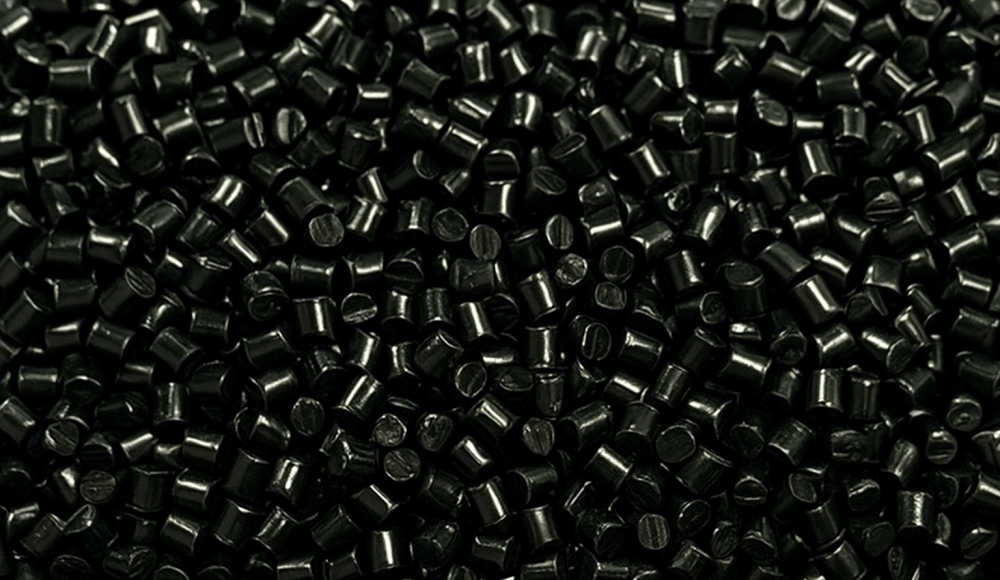
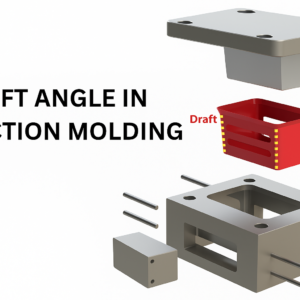
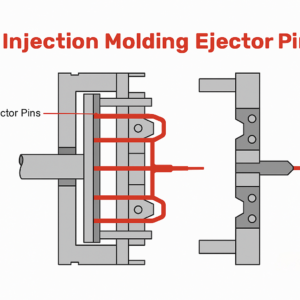
1 「」について考えましたナイロン射出成形: デザイン, プロセス, およびエンジニア向けの材料ガイド”